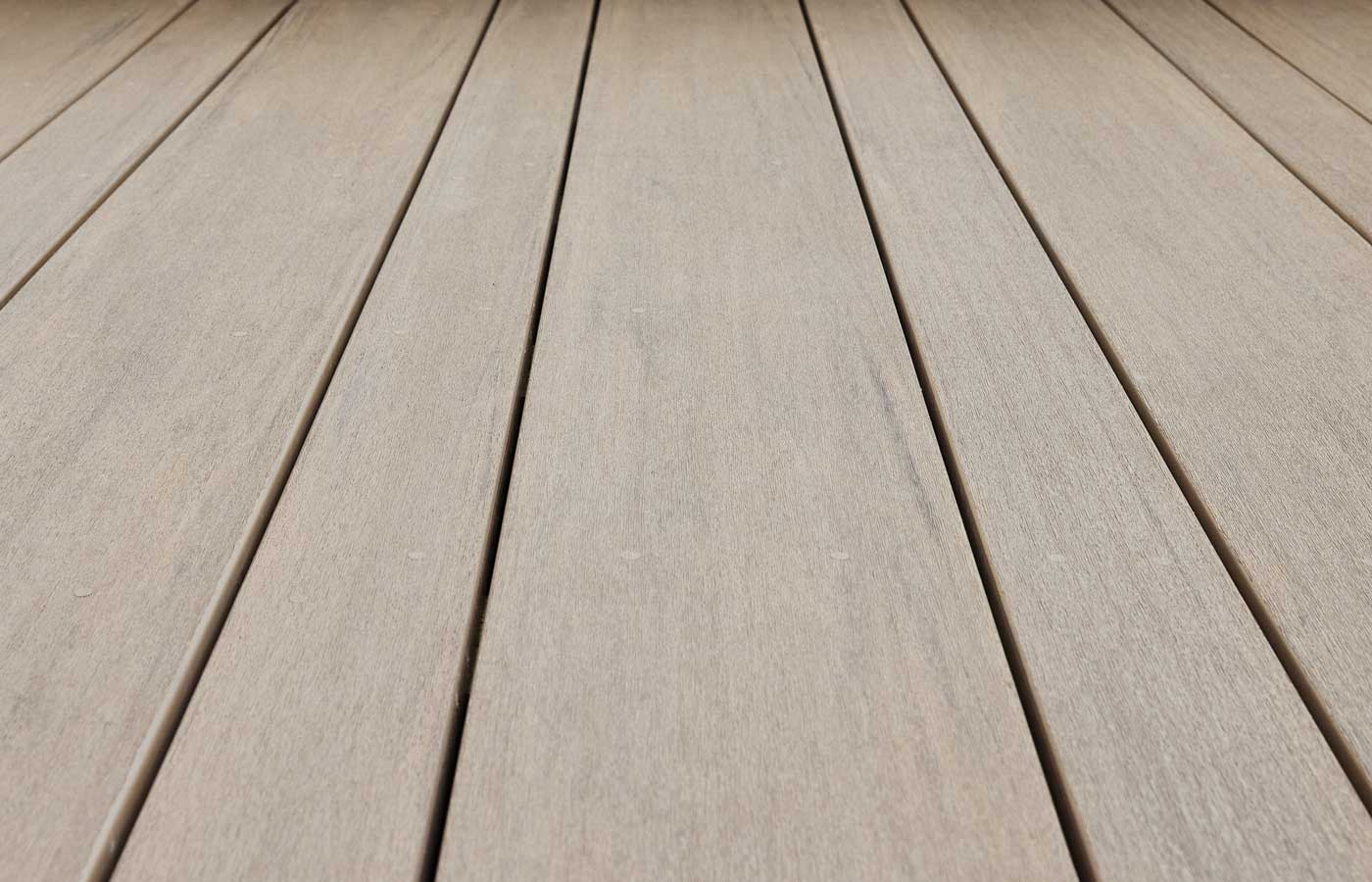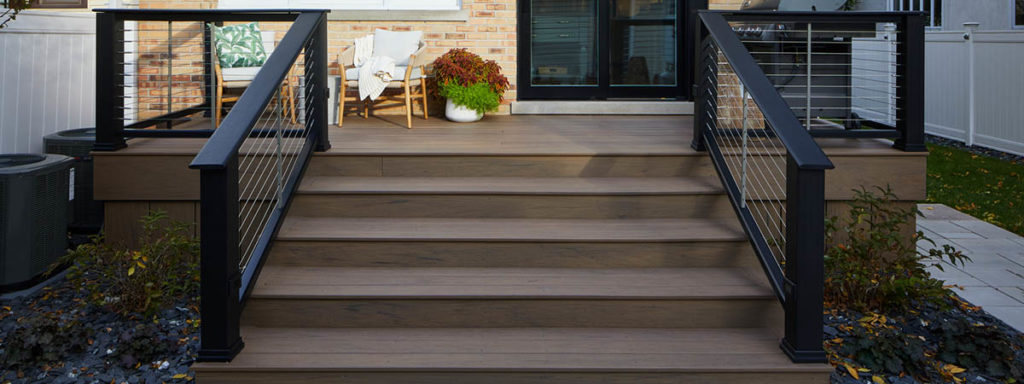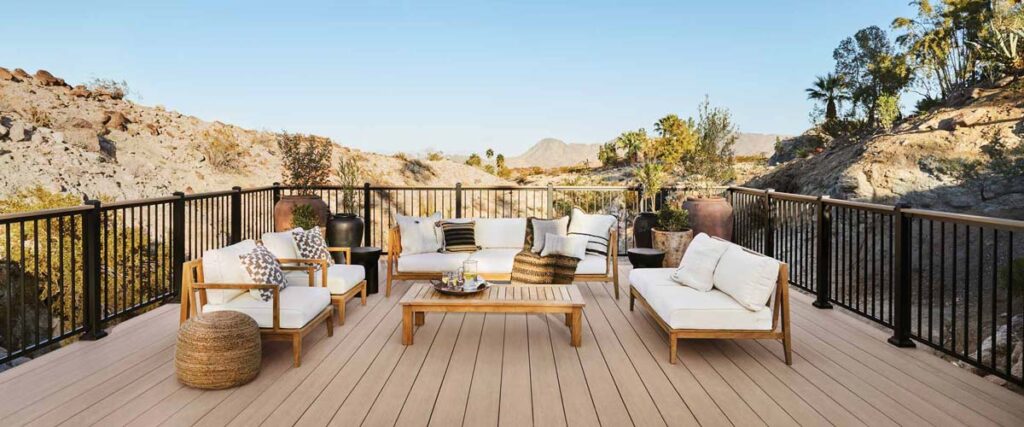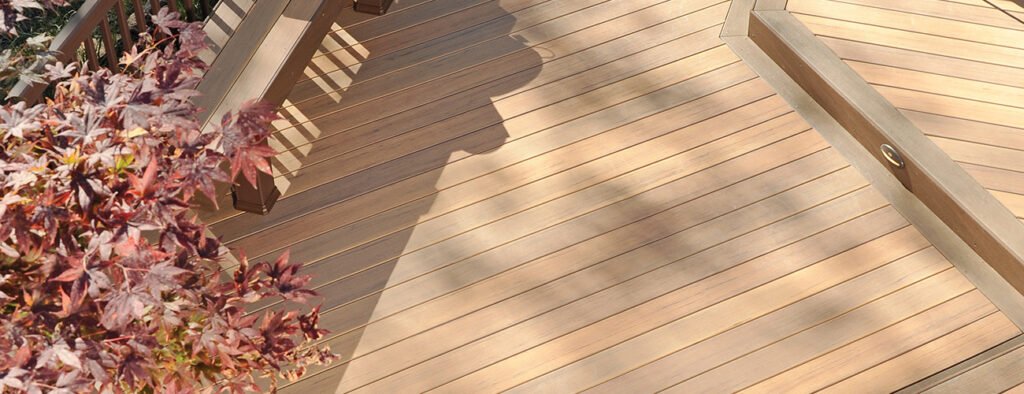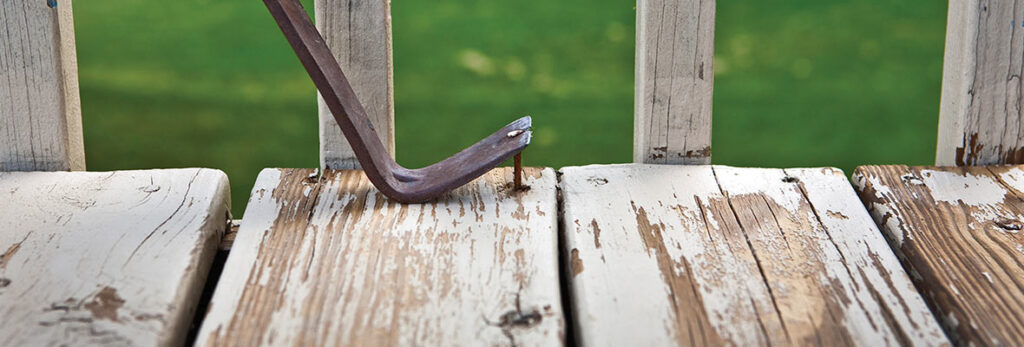Once you’ve decided to DIY your deck build, your next step is choosing your deck materials. You likely want a material that’s easy to source, a great value, and straightforward to install. While wood is likely the first material you think of, it’s not the only — nor even the best — option. To help in your decision, we’ve analyzed three common DIY decking materials so you can choose the right one for your project.
Common DIY Decking Materials
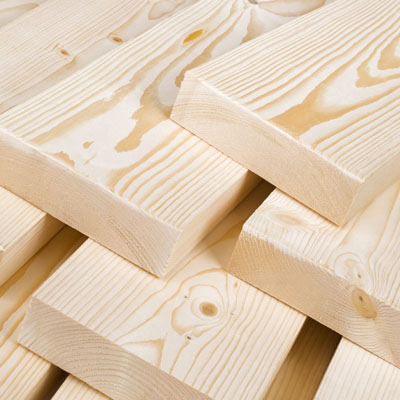
Traditional Wood Decking
Includes pressure-treated lumber, other softwoods like cedar, and hardwoods like Ipe.
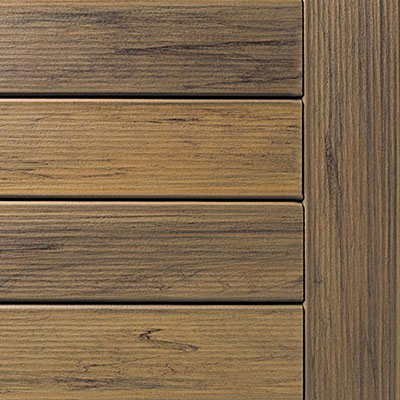
Capped Composite Decking
Boards made from a mix of recycled plastics and wood fibers.
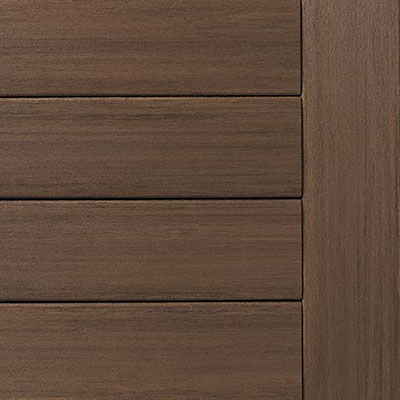
Capped Polymer Decking
Boards made from fully synthetic material — no wood included.
A Closer Look at Traditional Wood
While all wood deck boards fall under the larger category of “traditional wood,” it’s important to note that there are, of course, different kinds of wood — with different properties and performance qualities.
Traditional Wood Decking, From Accessible to Luxury-Level

$ Pressure-Treated Lumber
Often made of pine, pressure-treated lumber has been infused with chemicals to make it moisture- and insect-resistant.
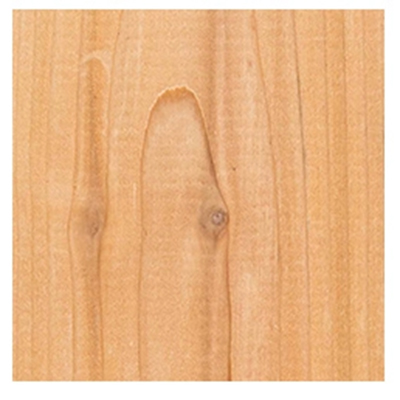
$$ Other Softwoods
Commonly either cedar or redwood. Both possess natural properties that make them moisture- and insect-resistant —with no added chemicals.
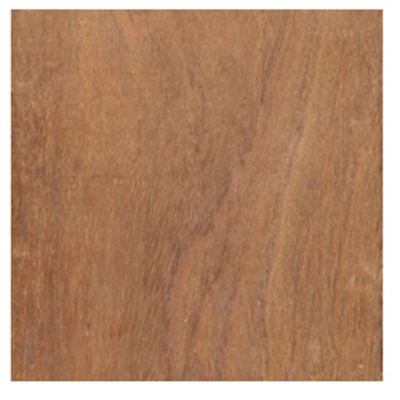
$$$ Hardwoods
Hardwoods, such as Ipe and mahogany, are incredibly dense — making them more durable than softwoods, but also far heavier and more difficult to work with.
You may think that the more expensive the upfront cost of a given category of wood, the better that wood will perform. After all — why pay premium prices for an exotic hardwood like Ipe if it’s not going to stay beautiful after you install it?
But here’s the harsh reality: Across categories, traditional wood can’t measure up to our capped composite and capped polymer DIY decking materials.
We’ll break down exactly why — and how to choose the right material for your backyard build.
KNOW WHAT YOU WANT — JUST NEED DIY BEST PRACTICES?
Explore our Deck Building Resource Center to get insight on tools needed and best practices for your DIY deck. EXPLORE
DIY Decking Materials: What to Consider
To determine which materials are best for your outdoor living space, we ranked these DIY decking materials across four key categories:
- Durability
- Upfront Cost vs Long-Term Value
- Installation Ease
- The Best-Looking
Durability: Wood vs Composite Decking
Durability is about more than strength of material — when it comes to DIY decking materials, greater durability means less maintenance for you. And after all the work you put into installing your deck, you should be able to sit back and enjoy it — not worry about maintenance work.
Most Durable DIY Decking Materials: TimberTech Decking
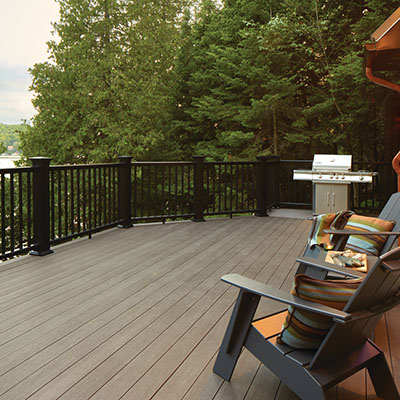
TimberTech® AZEK®: Capped Polymer Decking
Made of synthetic material from core to cap, TimberTech AZEK is one of the most durable decking materials available.
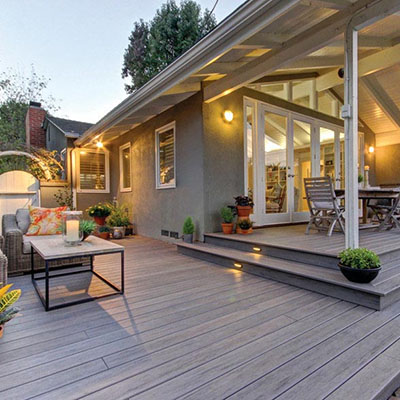
TimberTech PRO®: Capped Composite Decking
With 4-sided synthetic capping, all sides of the board are protected from moisture and weathering.
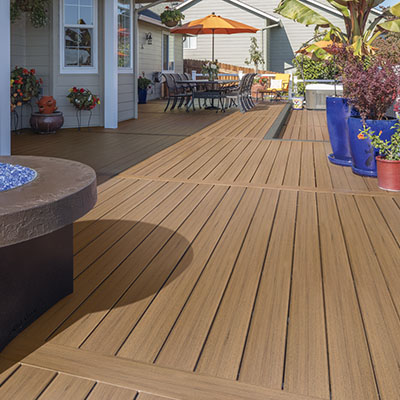
TimberTech EDGE®: Capped Composite Decking
A 3-sided synthetic cap keeps moisture out where it’s most likely to get in — a big upgrade from uncapped products.
As for maintenance needs? Both our capped polymer decking and capped composite decking need an occasional clean and rinse with the appropriate brush and our TimberTech® DeckCleaner™.
Least Durable DIY Decking Material: Traditional Wood
In terms of durability, traditional wood offers some variation between the different types, but all types are prone to rotting, warping, splintering, cracking, and fading.

Pressure-Treated Lumber
The least durable option, pressure-treated lumber will require regular sanding, staining, and sealing to protect the wood.

Other Softwoods
As softwoods, cedar and redwood are vulnerable to denting, scratching, and gouging — which means lots of sanding for you.

Hardwoods
The density of hardwoods makes them a bit more durable than softwoods, but they are still vulnerable to cracking, splintering, and fading.
With a traditional wood deck, the work doesn’t stop after installation. You’ll need to sand, stain, and seal the boards annually to keep your deck structurally sound — and even more often to keep it looking new and richly-hued.
Upfront Cost vs Long-Term Value
For a fuller picture, compare upfront and long-term costs in the infographics below:
Ipe Hardwood vs TimberTech AZEK
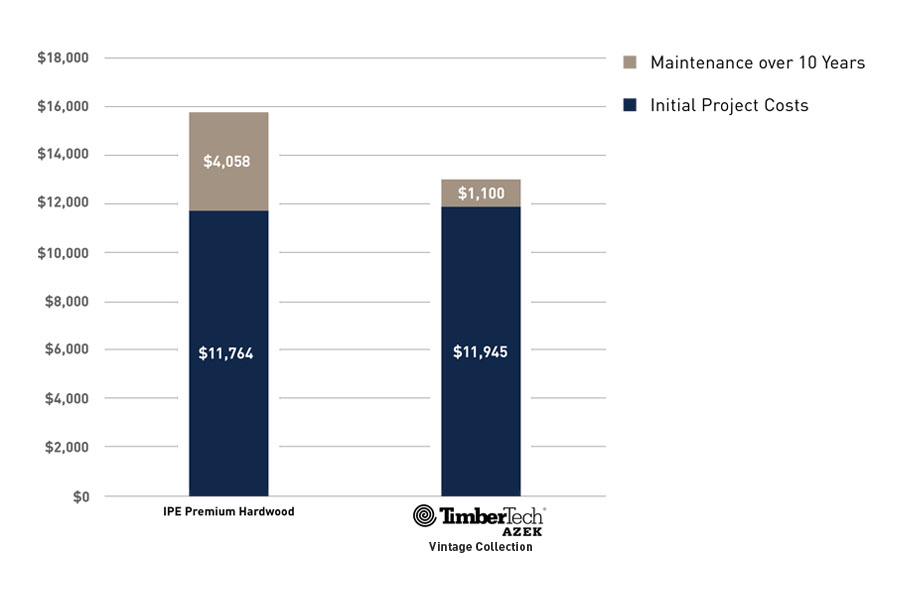
NOTE: The estimated average cost of capped polymer deck boards and Ipe hardwood decking costs are based on the national average for a 16’ x 20’ deck. Meant for visual representation only. Actual costs may vary.
Pressure-Treated Lumber vs TimberTech EDGE
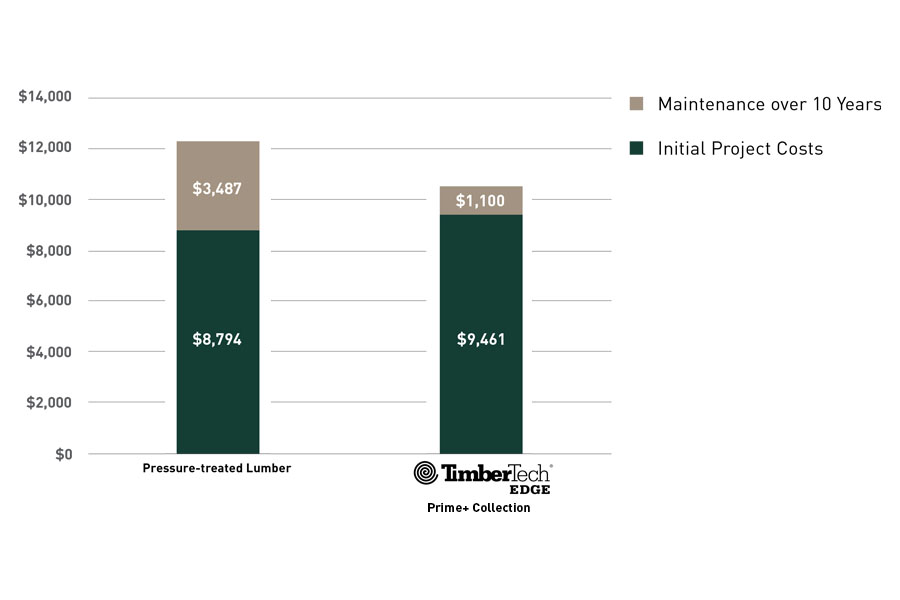
NOTE: The estimated average cost of composite deck boards and pressure-treated lumber decking costs are based on the national average for a 16’ x 20’ deck. Meant for visual representation only. Actual costs may vary.
Best Long-Term Value: TimberTech Composite Decking
As you can see, capped polymer and capped composite decking wins when it comes to long-term value, meaning they save you money in the long-run.
How? TimberTech decking is designed with advanced materials science to retain its beauty and integrity for years, all with little upkeep from you.
Plus, with industry-leading warranties, you can be sure your TimberTech deck will last, with little chance of repair or replacement costs.
Upfront costs are one-time charges for the initial materials — but when considering the overall costs of your deck, it’s not the only cost to budget for. Maintenance work and potential repair and replacement costs should also be considered.
Best-Value DIY Decking Material
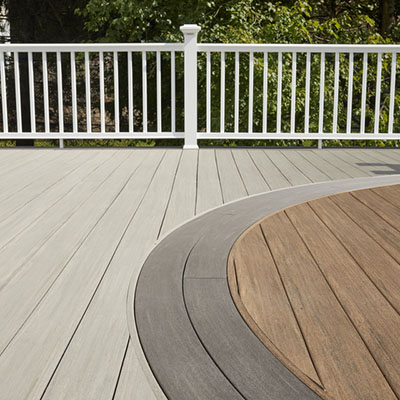
TimberTech AZEK
As one of our most durable decking options, TimberTech AZEK boasts a Lifetime Limited Product Warranty.
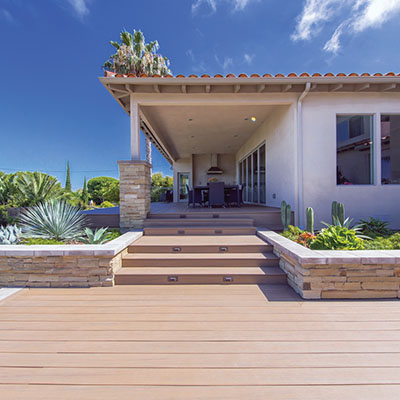
TimberTech PRO
With capping on all four sides, TimberTech PRO is designed to last with a 30-Year Product Warranty.
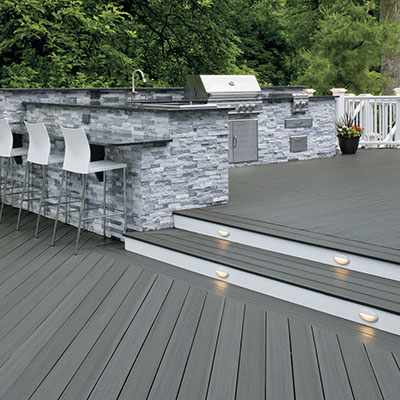
TimberTech EDGE
Our 3-sided capping option offers competitive value and durability with a 25-Year Product Warranty.
Least Long-Term Value: Traditional Wood
Initially, it might seem that pressure-treated wood — wins on upfront costs, but that’s not the whole story. High quality woods such as exotic hardwoods can be more expensive upfront than some composite options — and the costs don’t stop there.
As the least durable of DIY decking materials, all traditional wood options require the most maintenance and are highly vulnerable to frequent repairs or full deck replacement.
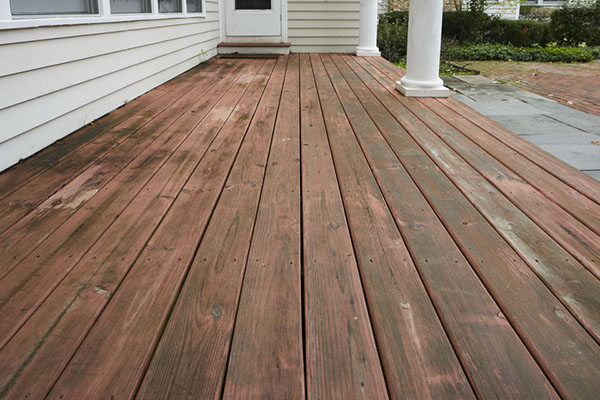
The Accumulating Costs of Wood
As an organic material, wood is prone to deterioration and comes with very limited warranty coverage.
To maximize your wood deck’s lifespan, you will likely need to perform extensive maintenance work on an annual — or more frequent — basis, driving up your costs year after year.
Installation Ease
Unless you’ve worked with composite decking before, you may think traditional wood is the familiar, easier route go.
Familiar — perhaps. But easier? Nope. The reality is that many installation best practices for wood are similar to those for composite decking.
Just like with wood, you will need to consider:
- Deck board spacing
- Joist blocking and spacing
- Appropriate fasteners and tools for application
- Appropriate cutting tools
- Storage conditions
IMPORTANT: Do not attempt to install any TimberTech decking product without first carefully reading and reviewing the Installation Guide for your product. VIEW GUIDES
The Easiest Decking Material to Install
If you’re unsure about going with a wood alternative, fear not: Our TimberTech AZEK capped polymer boards offer a few extra advantages that will help set your project up for success.
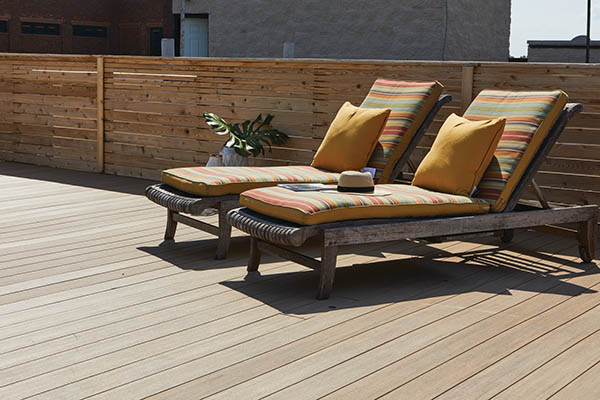
TimberTech AZEK Capped Polymer Boards
- Are up to 30% lighter than competitive composite products (your back will thank you).
- Don’t require pre-drilling, like hardwoods do, saving you valuable installation time.
- Are designed to resist cracking, splitting, and mushrooming when top-down fasteners are correctly installed.
TimberTech Deck Board & Fastener Pairings
Your installation process will vary depending on the board material, board profile, and fastener you choose. Keep in mind, certain fasteners are only compatible with certain boards.
For already curated pairings, try these:
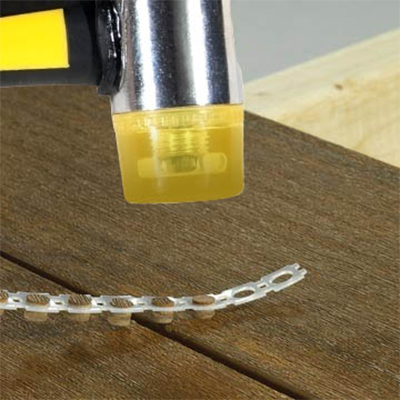
TimberTech AZEK With Cortex®
Hidden Fasteners
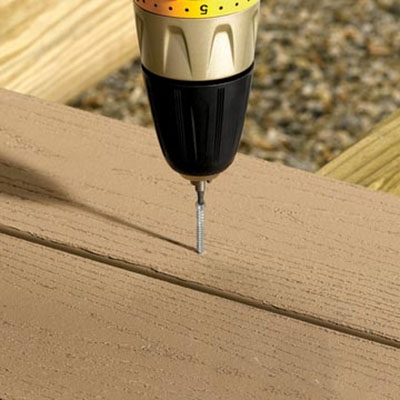
TimberTech AZEK With TOPLoc® Color-Matched Screws
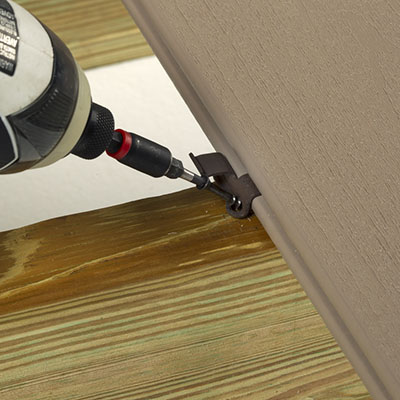
TimberTech PRO & EDGE With CONCEALoc® Hidden Fasteners
WANT TIPS ON THE EASIEST WAY TO BUILD A DECK?
Get installation guidance and tips on the simplest method of installing a TimberTech deck. LEARN MORE
The Best-Looking
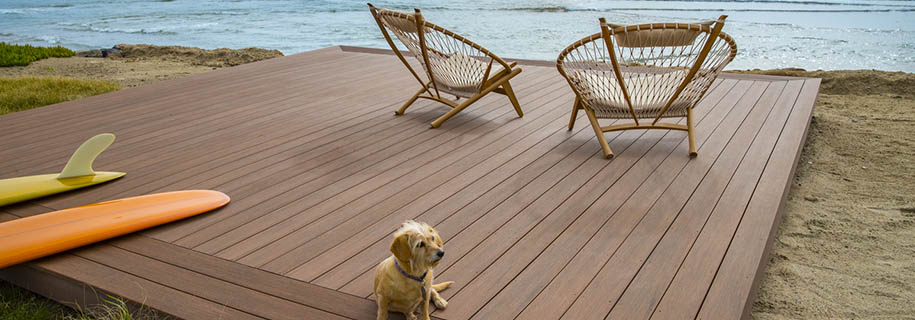
When you think of a good-looking deck, you likely think of one with rich hues and tonal variation. While premium hardwoods like Ipe are known for their natural beauty, as an organic material, they will eventually fade to gray — some after darkening first.
For DIY decking materials that are rich in color and exhibit minimal fading over time, ditch wood for good.
The Best-Looking: TimberTech Decking
Thanks to advances in decking technology, our deck boards achieve a higher level of design sophistication with nature-inspired aesthetics — plus, industry-leading Fade & Stain warranties so your build stays enduringly beautiful.
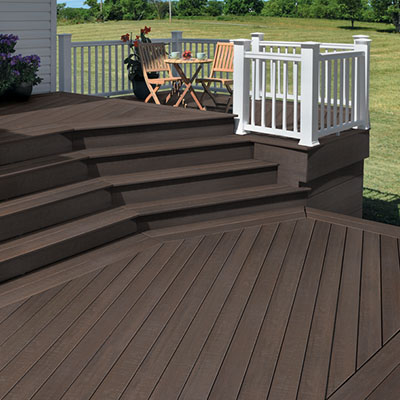
TimberTech AZEK
Choose from nature-inspired decking defined by sophisticated, real-wood looks.
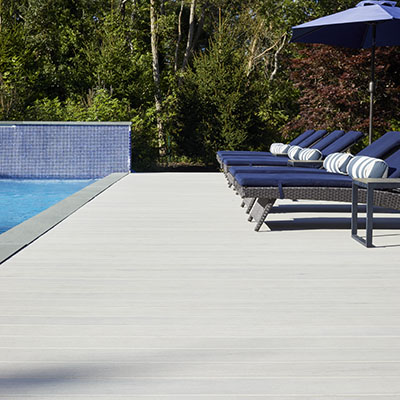
TimberTech PRO
Choose from boards featuring cascading color blending or chic solid colors.
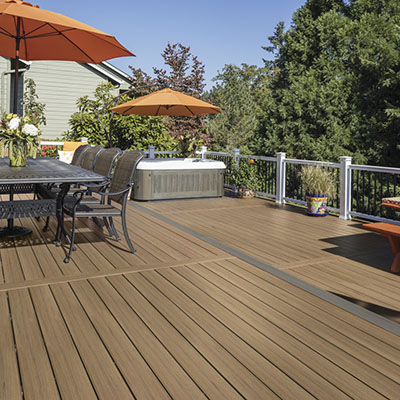
TimberTech EDGE
Choose from moderately color-blended to monochromatic boards with a painted wood look.
Beauty That Fades: Traditional Wood
Regardless of how rigorous your maintenance schedule, traditional wood — from pressure-treated lumber to premium hardwoods — will inevitably fade.
Ipe Exposure Test
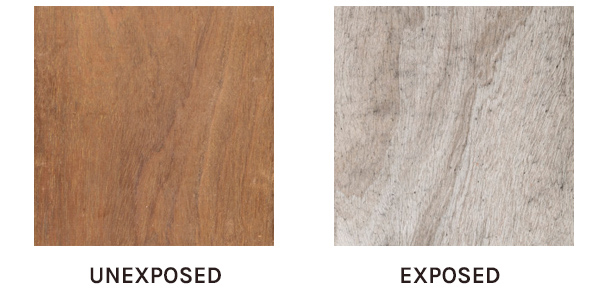
Pictured: Ipe control sample on the left next to a test sample exposed to weathering.*
What Causes Wood to Fade?
Wood is an organic material and is highly vulnerable to moisture and weathering.
UV rays, rain, wind, and snow can all wreak havoc on any wood deck’s surface — whether pressure-treated lumber or premium hardwoods — causing fading, staining, cracking, splintering and warping.
*Ipe exposure test demonstrates results of internal testing whereby the Ipe wood sample was placed on a rooftop and left exposed to the elements continuously for approximately 11 months.
HAVE QUESTIONS? We know a DIY decking project can be a big undertaking. Connect with a decking expert, or get quotes from up to 3 contractors, straight to your inbox. GET STARTED
The Best DIY Decking Materials: TimberTech Decking
When it comes to comparing DIY decking materials, TimberTech capped polymer and capped composite decking wins. With the high-performance and installation ease of TimberTech decking, your DIY project will result in an enduringly beautiful, long-lasting deck.
Get started designing your deck by ordering up to four free samples of TimberTech decking. Be sure to set the samples in the area your deck will be built — then, observe them at different times of day, in different lighting, to get a full picture of which suits your space best.



